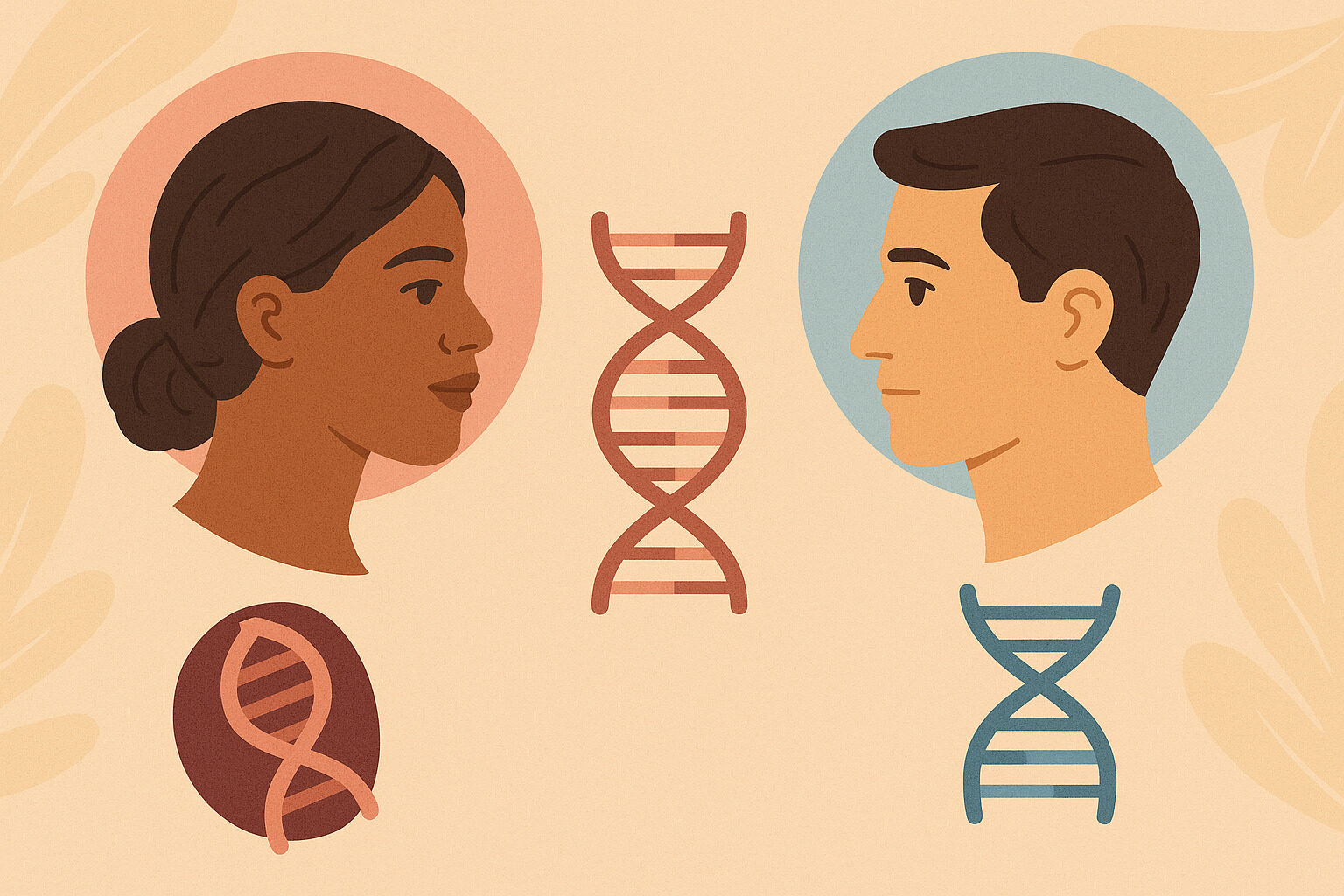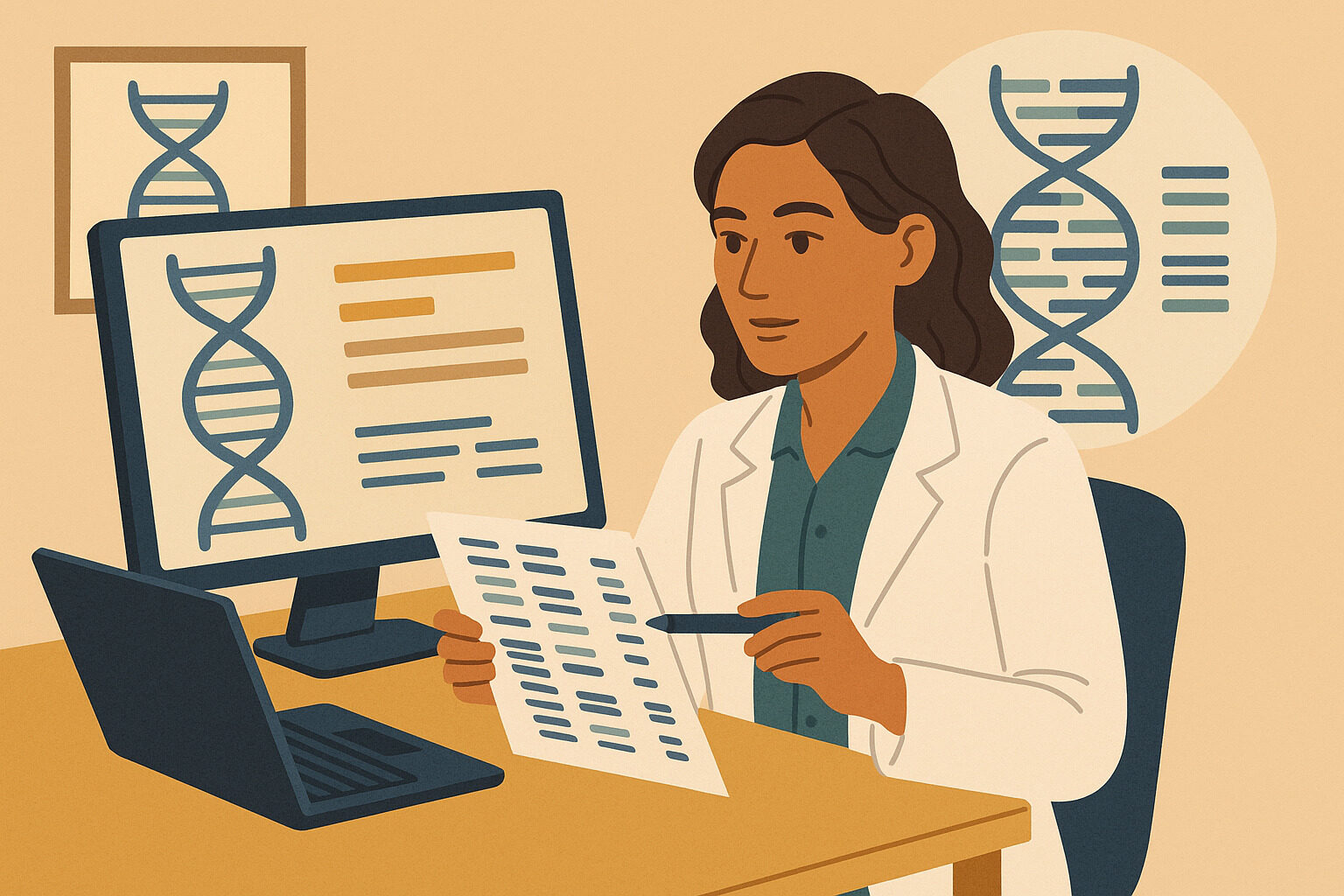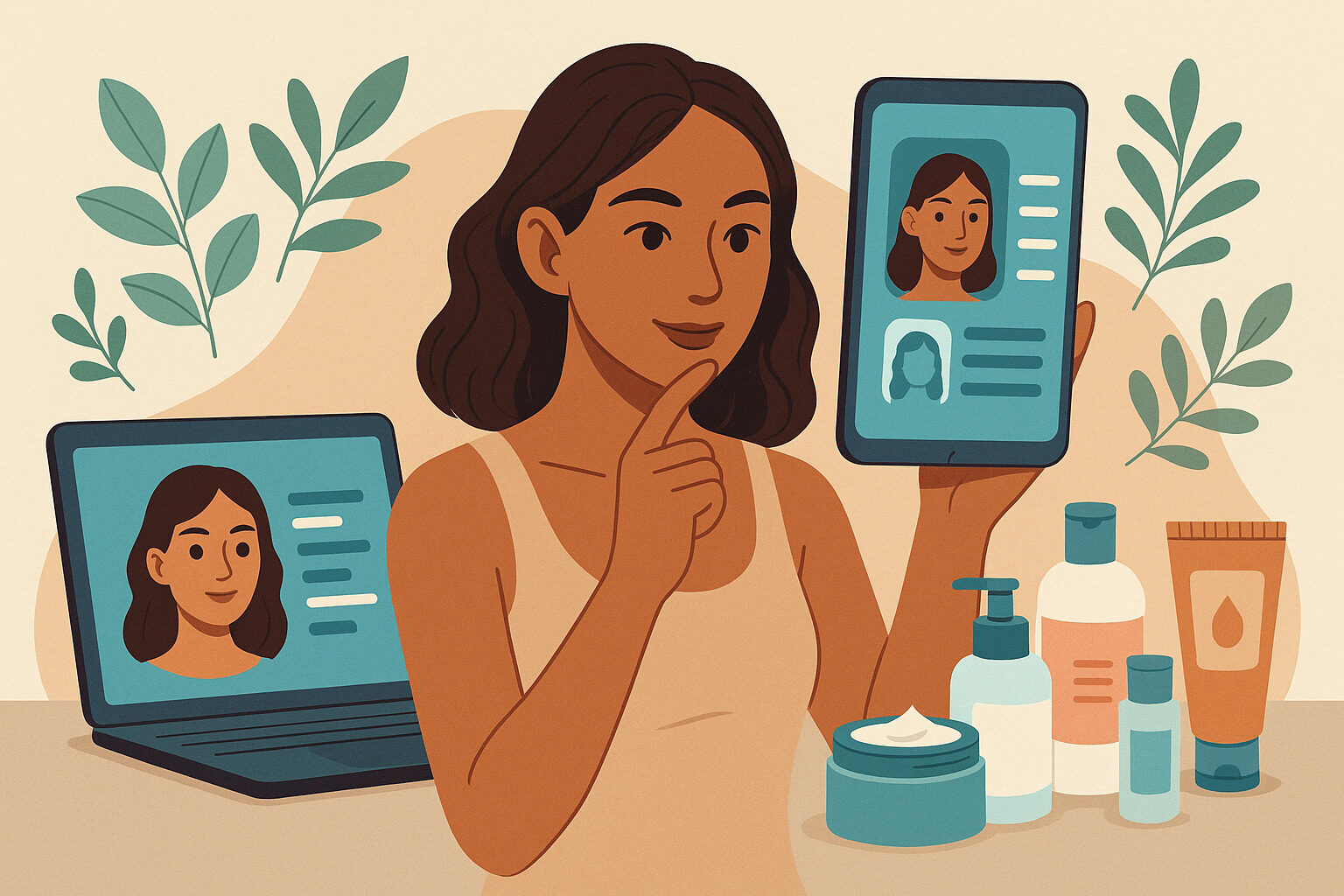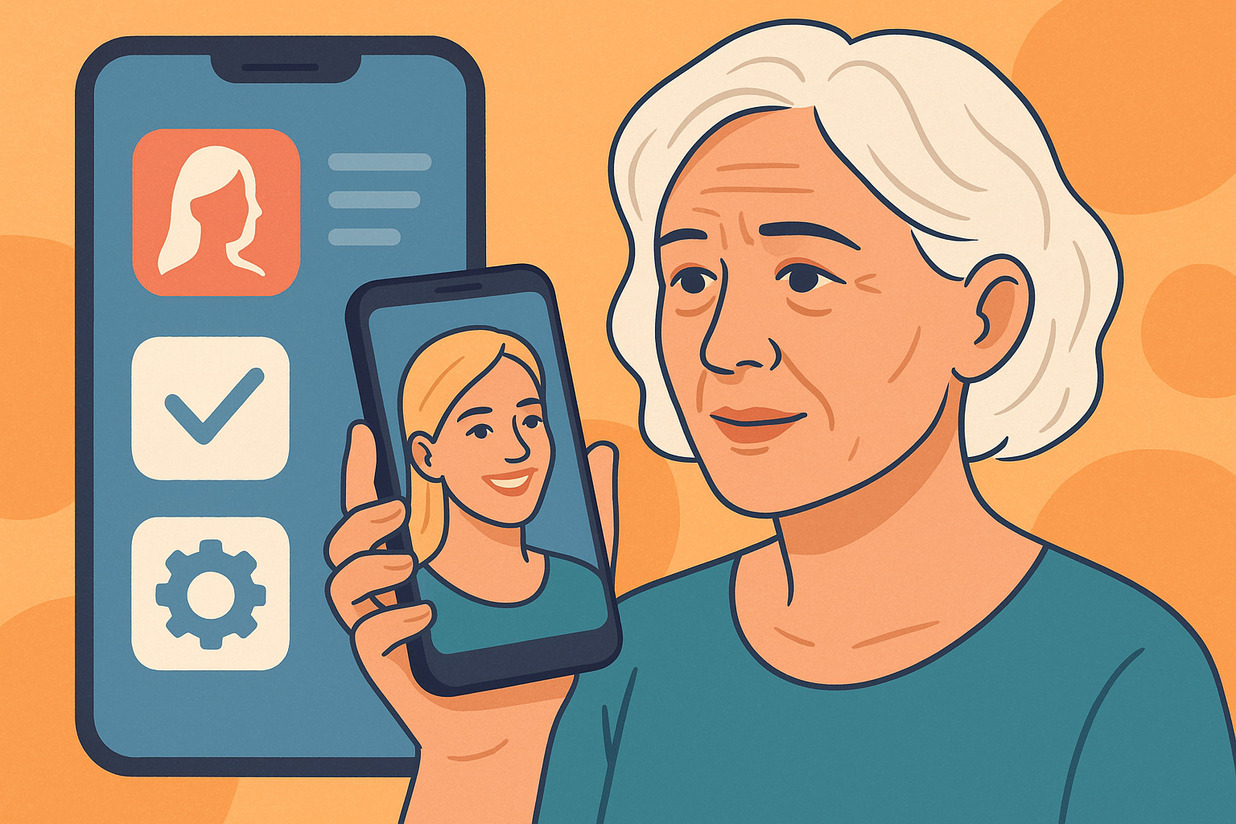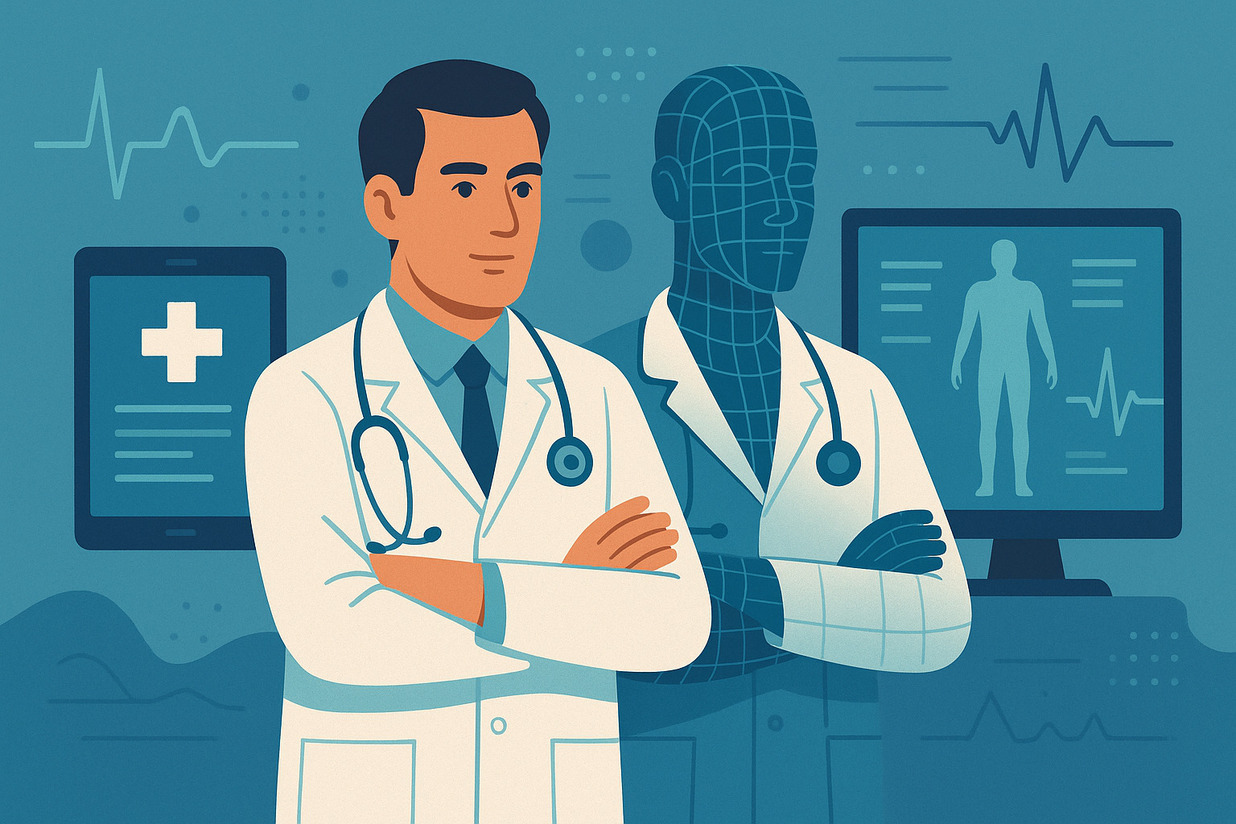Understanding Two Types of Genetic Testing for Family and Health
As more people become interested in their ancestry, health, and DNA profiles, interest in different types of genetic tests is also growing. Two commonly mentioned tests are mtDNA and Y-DNA. At first glance, both are part of genetic study, but they have significant differences in purpose, scope, and eligibility.
mtDNA and Y-DNA tests are not usually part of standard health screenings. They are typically used for ancestry tracing and genealogical research. However, there are now situations where the results help in understanding health, especially in cases involving inherited conditions.
Being clear about the difference between the two tests is important to avoid confusion when choosing the right one. Whether you want to learn more about your maternal or paternal lineage or investigate a condition linked to family heritage, the right DNA test can be a powerful tool.
What is an mtDNA Test and Who Can Take It?
mtDNA refers to mitochondrial DNA. It is a special kind of DNA found inside the mitochondria of cells. Unlike nuclear DNA—which is inherited from both parents—mtDNA comes only from the mother.
This means that both men and women can take an mtDNA test, but the results will always reflect only the maternal line. In short, even if a man takes the test, the information will still be about his mother, grandmother, and maternal ancestors.
The mtDNA test is used to identify the maternal haplogroup, or the genetic branch of the mother’s lineage. It helps trace ancestry back hundreds of years and may also show the regions of the world your maternal line originated from.
What is a Y-DNA Test and Who Can Take It?
Y-DNA refers to DNA found on the Y chromosome. Only men have a Y chromosome, so this test is exclusive to males. The Y-DNA test examines the paternal line or the father’s ancestry.
If you want to trace your male ancestors—your father, paternal grandfather, and so on—the Y-DNA test is the most suitable. It provides no information about maternal heritage, focusing solely on the father’s male lineage.
This test is commonly used in genealogy to determine if two males from different family branches are related. For example, if two men share the same last name but aren’t sure if they’re related, a Y-DNA test can clarify whether they share a common male ancestor.
How the Genetic Data from the Two Tests Differ
mtDNA is known for its stability. It rarely changes across generations, which makes it valuable for studying maternal ancestry. In contrast, Y-DNA is more prone to mutations, making it useful for tracking changes in the paternal line in greater detail.
mtDNA data shows the haplogroup and rare mutations that may go back to ancient times. Y-DNA, meanwhile, contains many markers useful for comparing family trees and conducting paternity tests.
In summary, if you’re more interested in the broader timeline of your maternal history, mtDNA is ideal. If your focus is on finding relatives on the father’s side or mapping paternal family branches, Y-DNA is more practical.
Connection of the Two Tests to Ancestry and Migration
Many who take mtDNA and Y-DNA tests are interested in their family history. mtDNA reveals how maternal lineage migrated from ancestral groups to various parts of the world.
Y-DNA has a similar goal but follows the migration paths of male ancestors. Both tests show the geographical and social origins of your lineage—what continents your ancestors came from and what groups they belonged to.
Some people discover unexpected origins through these tests. For example, a man might take a Y-DNA test and find out his lineage is from Northern Europe, contrary to his assumption that his ancestors came from a different region.
Using the Tests for Health and Genetics
Although mtDNA and Y-DNA are mainly used for ancestry, there are medical situations where they are also useful. mtDNA is linked to certain mitochondrial diseases, especially when inherited through the maternal line.
Rare genetic disorders related to energy, muscle function, or metabolism can sometimes be traced through abnormalities in mtDNA. In such cases, mtDNA testing becomes important for diagnosis.
Y-DNA is not often used for clinical diagnosis, but some research connects it to certain fertility issues in men. In rare cases, it may be examined as part of a medical investigation.
Limitations of Each Test
While both tests are valuable, it’s important to know that they don’t offer a complete genetic picture. mtDNA only covers the maternal line. Y-DNA is limited to the paternal line and only available to men.
Neither test includes the broader nuclear DNA, which comes from both parents. That means many conditions or traits won’t appear in either mtDNA or Y-DNA results.
For a fuller understanding of ancestry, autosomal DNA testing is usually included alongside these tests, as it gives a more comprehensive view. But for specific lineage exploration, mtDNA or Y-DNA is sufficient depending on your goals.
What to Consider Before Taking the Test
Before taking either test, be clear about what kind of information you want. If you wish to learn about your mother’s ancestry, choose mtDNA. If your goal is to trace your father’s lineage, Y-DNA is the appropriate choice.
Also, check if you qualify for the test. Remember: Y-DNA is for men only. If a woman wants to learn about her paternal ancestry, she’ll need a sample from her father or a male relative on that side.
Privacy is also important. Read the testing company’s terms carefully. Be sure of how your information is stored and used.
How These Tests Help in Finding Relatives
One of the most rewarding aspects of mtDNA and Y-DNA tests is their potential to reconnect with relatives. Some people who lost contact with their biological family found them again through DNA matching.
With Y-DNA, people have discovered brothers, cousins, or paternal grandfathers they never knew existed. mtDNA has helped others find maternal relatives in different countries who share a genetic lineage.
The process is not always easy, but it offers a sense of identity and connection. It’s not just about data—it’s about rediscovering family history.
Combining mtDNA and Y-DNA for a Broader View
Combining both tests gives a more complete picture of a person’s origin. With this, you can trace both your maternal and paternal lines.
You can compare maternal and paternal haplogroups and see how different lineages merged. Sometimes, stories of migration, war, or intermarriage emerge from analyzing both family sides.
For those interested in history, genealogy, and personal identity, this type of testing offers not just answers, but a deeper understanding of self and heritage.
